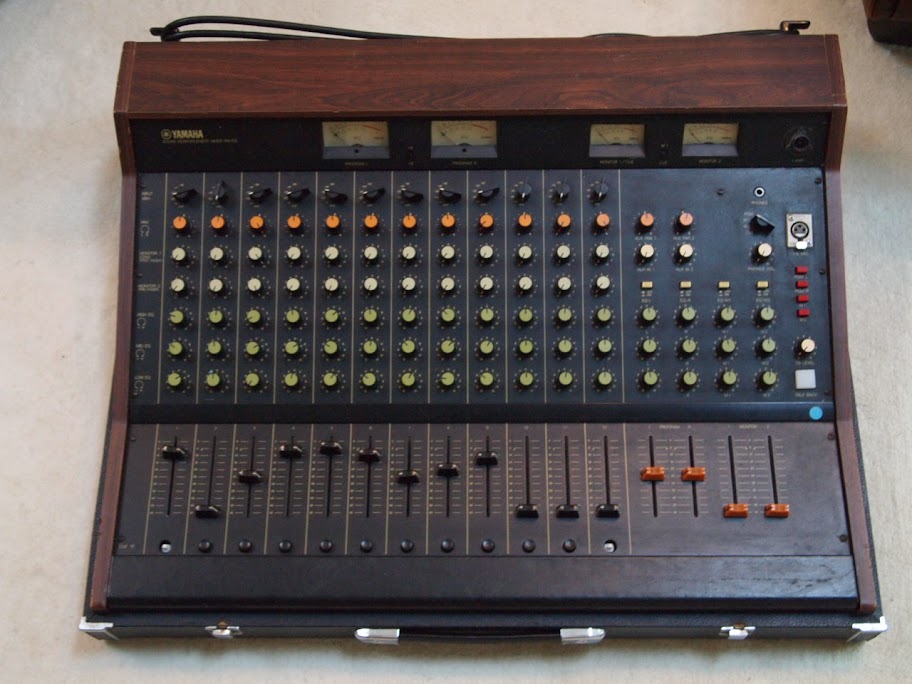spaceludwig
Well-known member
- Joined
- Jul 14, 2011
- Messages
- 186

I'm overhauling this old console I bought almost 10 years ago that I never got around to completing. In an effort to encourage advice/discussion/words-of-wisdom, and simply to make a record of the steps taken that someone else might find useful in the future, I've decided to start this thread. This is nowhere as sexy as most of the hi-end gear being worked on, and salivated over, by other members on the forum but I've heard this console has its merits and I can't imagine why I would get a summing box if I have this on hand. My feeling is some of its shortcomings might be a good complement to the clinical precision of digital audio.
I have a number of ideas of what I would like to change/modify but I will try to keep my goals simple and disciplined (too many scattered ideas = too much time searching & gathering info = nothing ends up getting done).
As per my other post, I have already changed the first opamp right after the transformer on each input channel and made a new ribbon cable to connect the channels together as the original was faulty all over the place.
My immediate goal is to recap every channel. They are:
LC80883 Input Channel x 12

LC80903 Program (L & R) x 2

LC80193 Monitor 1

LC80924 Monitor 2 (headphone)

LC80933 Talkback

To remove the original caps on the 12 input channel strips I found it quite helpful to make a simple template of what needed to be desoldered by using a red dry-erase marker to make dots on the PCB

which I could then refer to. This made the process a lot less tedious.
As of this writing I am waiting for my order of replacement caps to arrive. Which brings me to the next step and my first question.
I replaced IC 1 in the schematic below

I thought the two other opamps in the circuit were to send the signal to the monitors but it would seem from the schematic above that the audio signal passes through IC 2 also. Is this correct?



















































